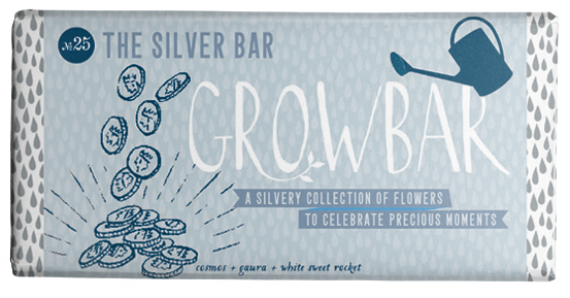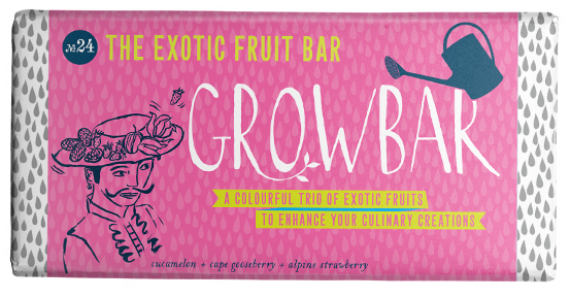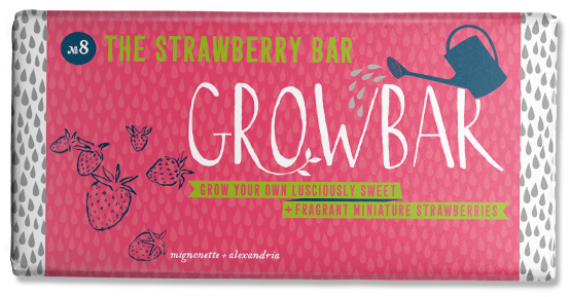Herbs in the Tudor Garden

Fennel, Winter Savory and Lemon Balm are beautiful, fragrant and have many culinary and medicinal virtues - they deserve to be as treasured by the modern gardener as they were by their Tudor counterparts.
The Tudor householder would have had a far greater understanding and appreciation for the many uses of each garden plant than we do today. It’s the Tudors who began to think of gardens as the beautiful and useful spaces that we strive to create today.
Fennel, a towering herb celebrated for its tangle of fragrant feathery foliage and starbursts of golden yellow flowers. The distinctive sweet anise flavour made this a valuable culinary herb for both sweet and savoury dishes in the Tudor kitchen. The seeds and foliage have long been used to quieten hiccups, ease nausea, aid digestion and soothe coughs and eye infections.
Lemon balm once celebrated by the Tudors this beautiful and useful plant is rather under appreciated, possibly because it is easy to grow - it is tolerant of a range of conditions. Infuse the pretty leaves to give a sharp citrus flavour to teas, oils, vinegars and cakes. It’s known to be both calming and uplifting and has long been used to ease anxiety, aid restful sleep, alleviate skin problems and repel irritating insects.
Winter Savory was familiar in Tudor mazes and knot gardens, offering white to pale pink flowers or purple flowers appear in summer. The leathery, slender leaves of this beautiful herb have a peppery flavour and a natural affinity with bean dishes. Winter savory is known to be used in herbal cordials for gastric complaints and can be a good remedy for colic.
































































































































